‘Blitz’ is a historical war drama film by Steve McQueen that presents a unique take on a horrific part of the United Kingdom’s history. While the titular bombing campaign, which reigned terror on Britain for nine grueling months across 1940 and 1941, has been a subject of war films over the years, this film tells a new story by shifting the focus to a young boy and his mother. The story revolves around nine-year-old George, whose mother, Rita, sends him to the countryside to save him from the life-threatening chaos that has engulfed London. However, the young boy rebels against Rita’s wishes, deboarding the train and undertaking an Odyssey to reunite with his mother.
As such, the mother-son duo’s respective journeys take the narrative through a heart-wrenching and insightful trip into the reality of life in London during the Blitz. The film’s significant historical setting dispels an air of realism throughout the story, which is further strengthened by the everyman’s story that George’s voyage strives to depict.
Blitz: The Inspiration That Led to The Film’s Conception
As a historical film that deals with a monumental part of World War II’s history, ‘Blitz’ retains inherent roots in reality. At its face value, the film depicts a story about the historical bombing campaign that Germany implemented against the United Kingdom from September 7, 1940, to May 11, 1941. While a number of areas became victim to this tactic, London endured the Lion’s share of these attacks partly due to social and industrial significance. According to experts, these campaigns were implemented in hopes of demoralizing the country’s general public to the point where they would demand a peace agreement from the government. The bombings lasted nine months and resulted in more than 40,000 deaths and millions forced into homelessness.
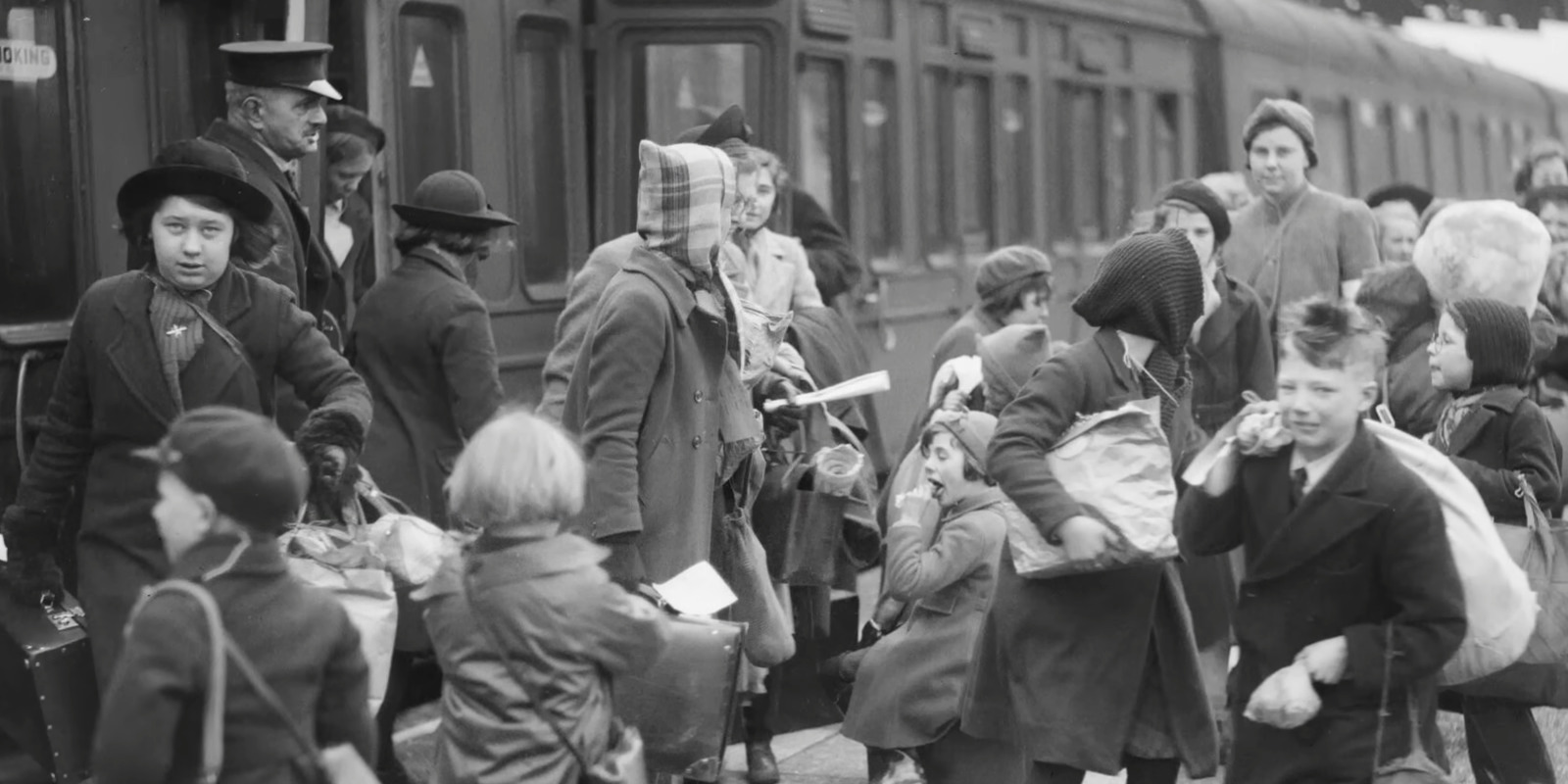
Fascinating Horror/YouTube
The film strives to examine the reality of these months through the authentic lens of the people on the ground who dealt with the adverse effects of these bombings. However, the on-screen central narrative—of a mother-son separation—is primarily a work of fictionalization by Steve McQueen, the film’s director and writer. While certain realities inspire Rita and George’s characters, neither holds a firm counterpart that is traceable in real life. Instead, their inception can be traced back to an image from the 1940s. In the photograph—which can be found in the Imperial War Museum’s collection—a young Black child is carrying his suitcase at the train station, prepared for evacuation.
The photograph resonated with McQueen, who realized he wanted to tell the story of the Blitz from the point of view of the kid in the image. As such, he created George’s character as a young biracial boy who traverses the streets of London during a time of great danger in search of his mother. His journey, paired with Rita’s story, becomes an in-depth dive into the various nuanced realities of the time period that are often left unexplored. Thus, even though the central characters are fictional, their storylines retain firm connections to reality.
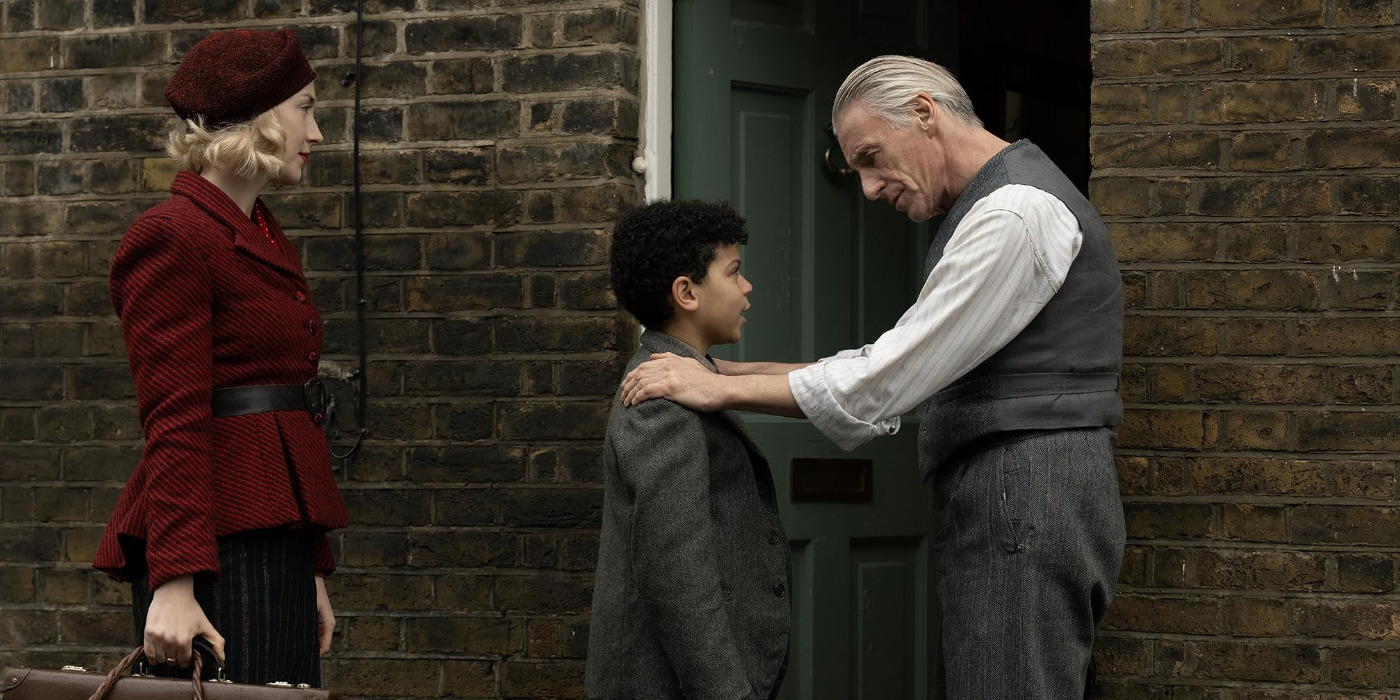
For instance, much like George, many other children tried to run away from their situations as evacuees for a variety of different reasons. Due to the complex nature of the adoption/guardianship process, oftentimes, kids would end up in abusive situations as their parents evacuated them out of the city and to the countryside. As a result, many children took to running away from their adopted families to return to their parents or other family members in the city.
Therefore, George’s personal quest across London was a reality that many young kids experienced during the Blitz. Likewise, the pitstops that create the whole of George’s story—such as his encounter with local thieves exploiting the current unrest for their own selfish benefit—also have a basis in reality. Consequently, despite its fictitious protagonist, the film remains a historically accurate depiction of the Blitz, equipping a lens that explores the bombing campaign’s impact on a social, community-based level.
The Blitz Highlights Under-Represented Parts of History
While Steve McQueen utilizes characters with fictitious origins as the central protagonists within ‘Blitz,’ the film isn’t entirely devoid of real-life historical figures. At several beats throughout the story, a few characters emerge as on-screen counterparts to actual faces from London’s history. Ife, a kind Nigerian air warden who combats internal conflicts and discrimination within the shelter, is one such character. The on-screen officer is reportedly based on E.I. Ekpenyon, a real-life air warden who dealt with xenophobia within shelters during the Blitz.
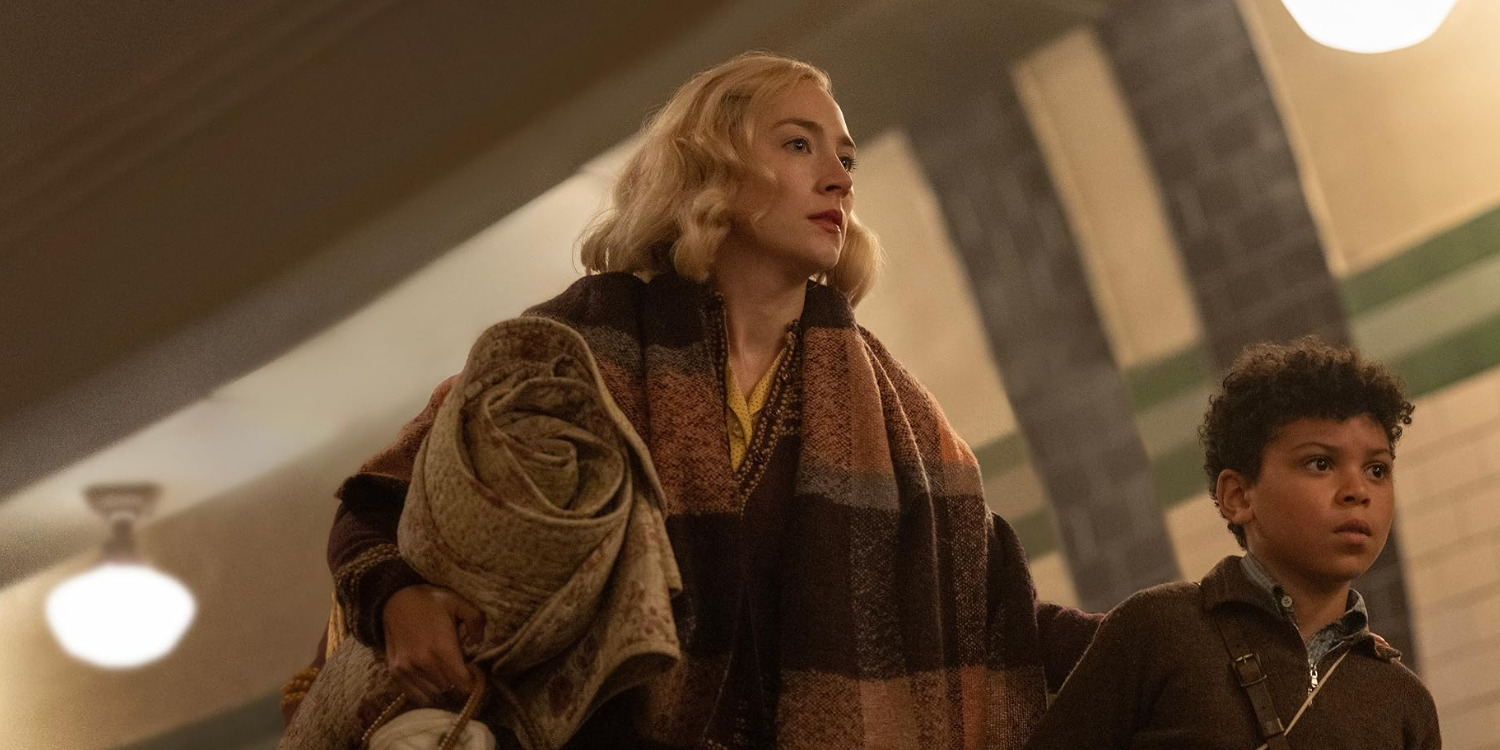
Similarly, another character, Mickey Davies, the man with dwarfism who runs one such shelter at the Stepney tube station, is an on-screen rendition of the eponymous real-life historical figure. As such, the film presents an actual account of the less-known parts of London’s history during 1940-1941, shifting the focus from the stories of military and political figures. In their stead, the narrative prefers to delve into the life of London residents as they actively live through the lethal bombing campaign.
As such, the story’s focus on instances that significantly impacted the residents of London during this time remains true to reality. Thus, the film’s depiction of George’s near-miss encounter with death after the flooding at a tube station shelter is also inspired by reality, particularly the 1940 disaster at the Balham tube station, in which 68 people lost their lives. Ultimately, the film equips plenty of historical events and accounts to present a realistic story about life as a Londoner during the dreaded period of the Blitz.
Blitz: A War Film That Examines Social Issues of the Time
Over the years, the Blitz has been interpreted and re-interpreted in culture numerous times. Notably, it’s been used as a way to showcase nationalist camaraderie, with “the Blitz spirit” becoming a common phrase used to describe triumphing over difficult times with a determined stoicism. On the other hand, recent years have seen the opposite take, labeling the Blitz as a time devoid of actual fellowship in the community. However, both interpretations rob the historical event of the nuance that any situation must be afforded.
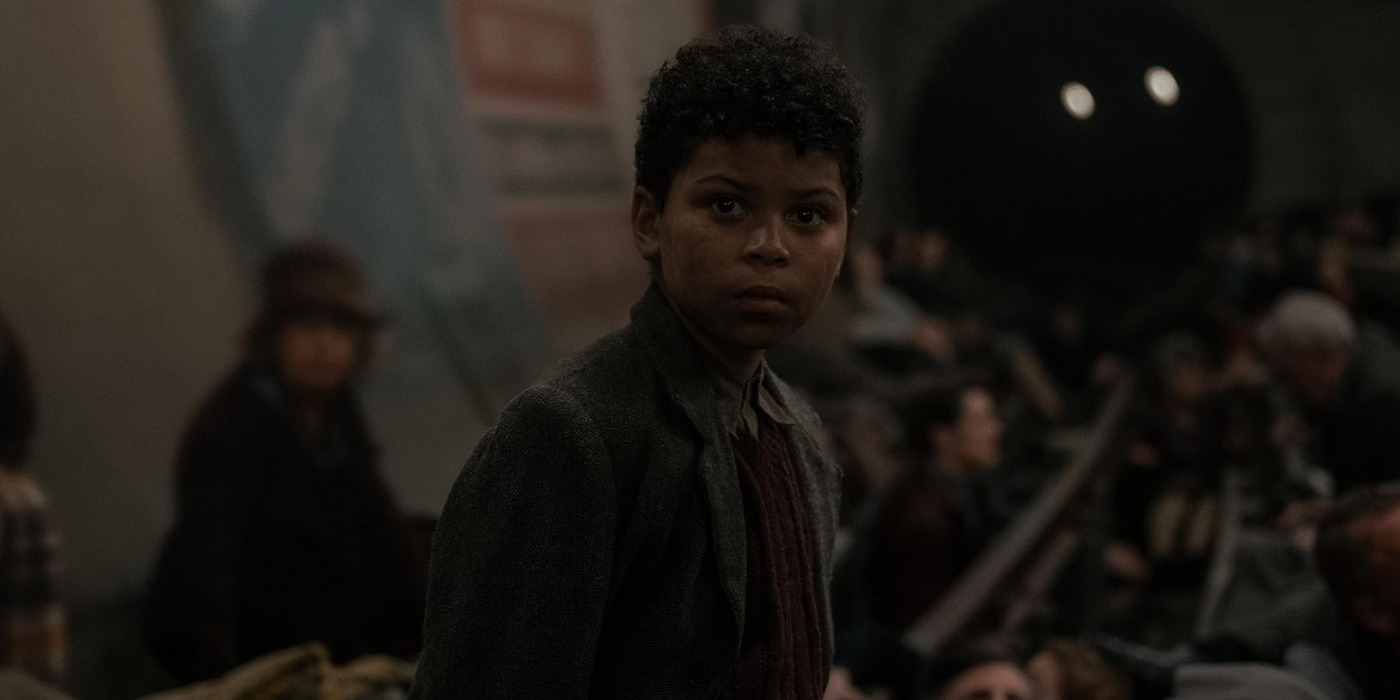
Steve McQueen’s film infuses the same nuance into the event, showcasing the layered reality of the Blitz. Therefore, the storyline highlights both the inspiring unity in the community and the internal discrimination and crimes that ran rampant at the time. In order to ensure historical accuracy and authenticity, the filmmaker collaborated with Joshua Levine, who contributed to the project as the historical advisor. Levine, a historian, wrote the non-fiction book ‘The Secret History of the Blitz,’ which also aims to provide a nuanced understanding of the historical event.
In a conversation with CBC, the author spoke about McQueen’s dedication to historical accuracy—not just in facts but in sentiments, too. He said, “Steve McQueen is an artist, but he was really keen on getting it to feel right and to look right. It’s quite a challenge to make a film look so extraordinary at the same time as trying to keep it accurate, and he did.” Thus, despite its fictionalizes and creative liberties, ‘Blitz’ remains a true-to-life account of the reality of London residents during a dreadful nine-month time period in the early 1940s.
Read More: Best World War II Movies on Netflix

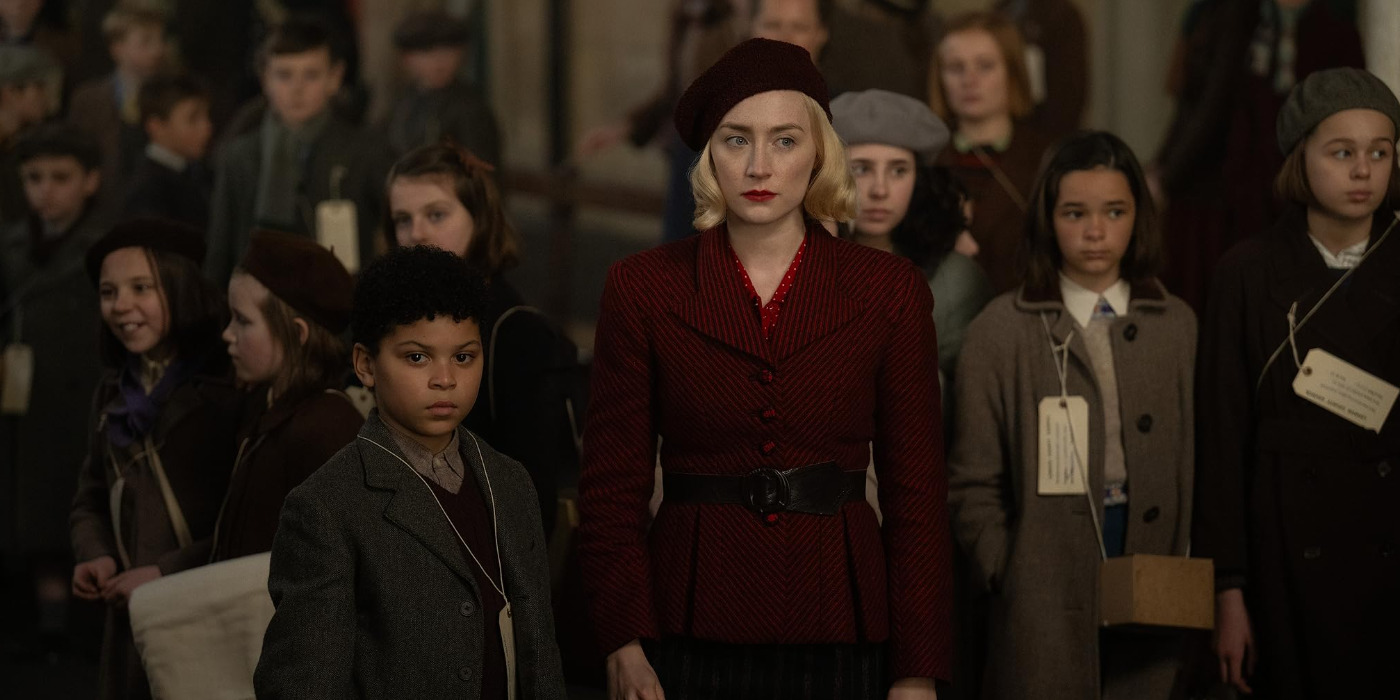
You must be logged in to post a comment.